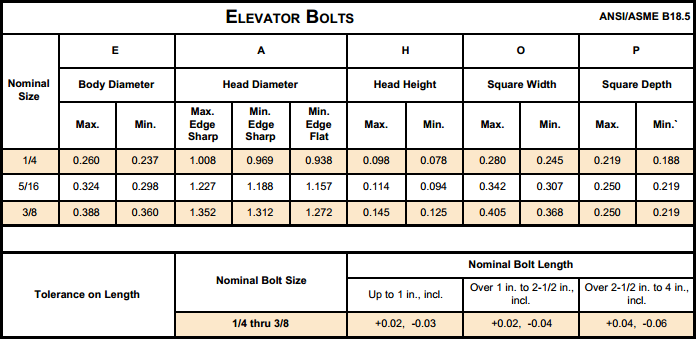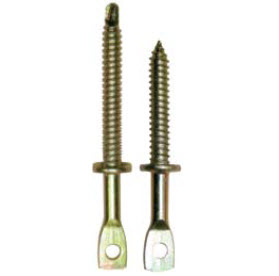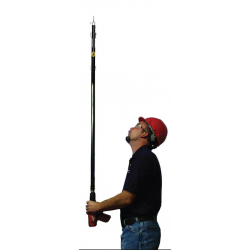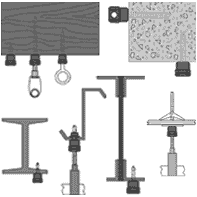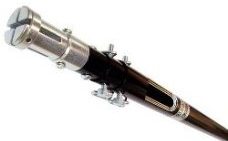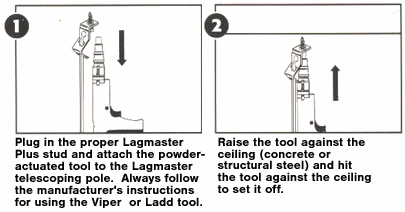History of Nuts and Bolts Industry in America
People, who are involved in hardware supply industry, would always be curious to know about the history behind the establishment of supplies, they are dealing with. Well, the history of nuts and bolts industry in America is quite interesting.
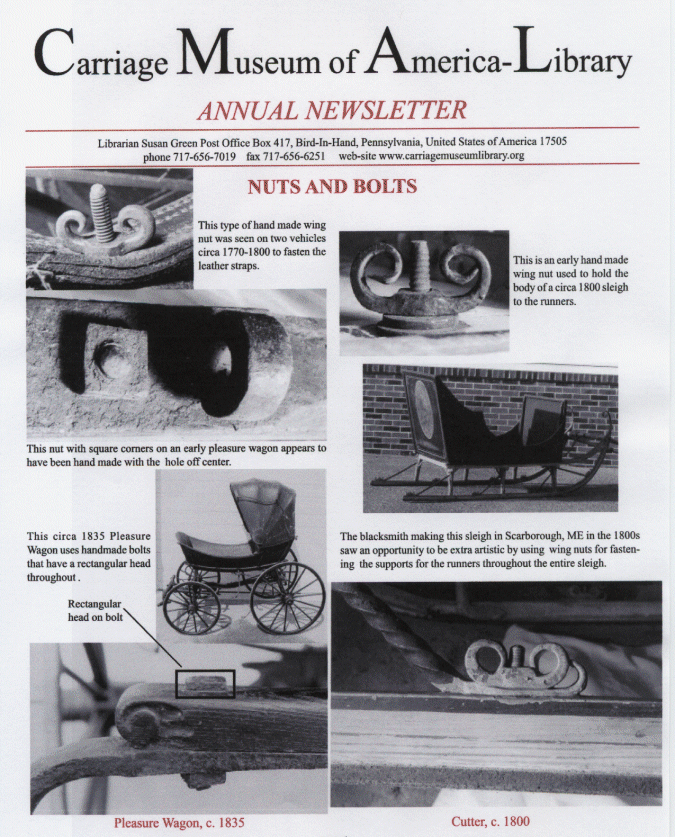
What excites more is the fact that in earlier days, when technology was still in a nascent stage, the hardware industry was still active and people managed to get their jobs done without feeling the need of some inventions or so. This edition highlights about the history behind the establishment of two most commonly used fasteners in the world – nuts and bolts.
For something as small as this kind of fastener, it has rather got a huge job to do and is available in various patterns. In America, when the people most conveyed through horse-drawn carts, such types of fasteners were the most essential requirement to manufacture such kind of transportation. The carriage era actually signified the aristocracy of the Americans and the upper class people were usually seen commuting in carts. Even in Hollywood movies, which are based on 18th century or early 19th century eras, say Titanic, Shanghai Knights etc. the horse-drawn carts had a significant role.
With such an extensive use of these transport options, the supplies required in their manufacturing were also in much demand, especially the nuts and bolts.
You can admire their applications at the Carriage Museum of America, where the fasteners, such as screws and nuts belonging to 18th century are showcased exclusively. The images show the masterly works by the then blacksmiths, who had skilfully used the rivets keeping in mind the exquisiteness of the carts.
Since it’s a carriage museum, so most of the attention would go towards the hackneys, but if you look deeper, you would be amazed to see the masterly craftsmanship lying behind the beauty of these wagons. The nuts used in these carts are comparatively flatter and square-shaped than modern day fasteners. In those days, less care was taken to embellish the flush of the bolts, unlike modern nuts, which are left with a little or no burr on the end of the bolt.

As per the historian, W.R. Wilbur, the first machinery application to build bolts and screws was invented by Besson in 1568 in France. A century later, this device was further developed by Hindley of York, England, which was continued to be used for many years later on.
In America, these fasteners were originated by Micah Rugg, a small country blacksmith, in the town of Marion, Southington Township, Connecticut in 1818. The carriage bolts, thus came into being, which then went on to become a significant requirement in the manufacturing of these transport devices.
“It was several years before power was applied to perform this operation, and when that was done a boy could accomplish more and with greater ease than half-a-dozen men could previously with the old fixtures. It was about this time that the turned head was introduced, and, if we are not mistaken, it was to circumvent the patented process of the drop.”
Carriage bolts are not intended to be driven, therefore you need not have to insert the bolts in a pre-drilled hole. There’s no need of using any tool even to fasten it. These days, this historic rivet is widely used and can be seen in automobiles, railways, bridges etc.
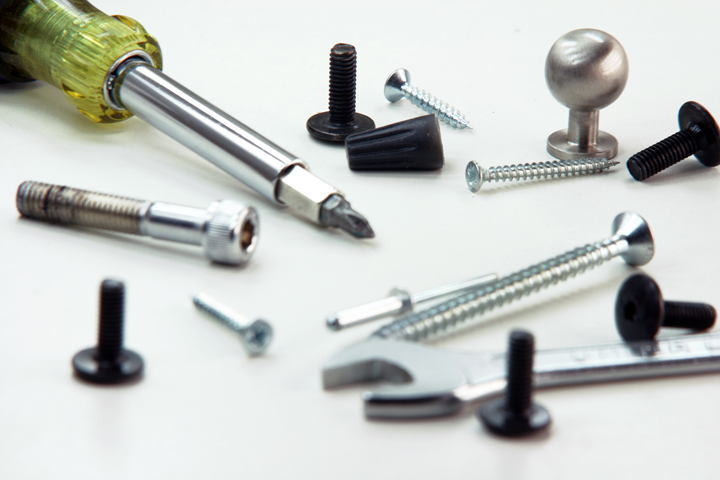
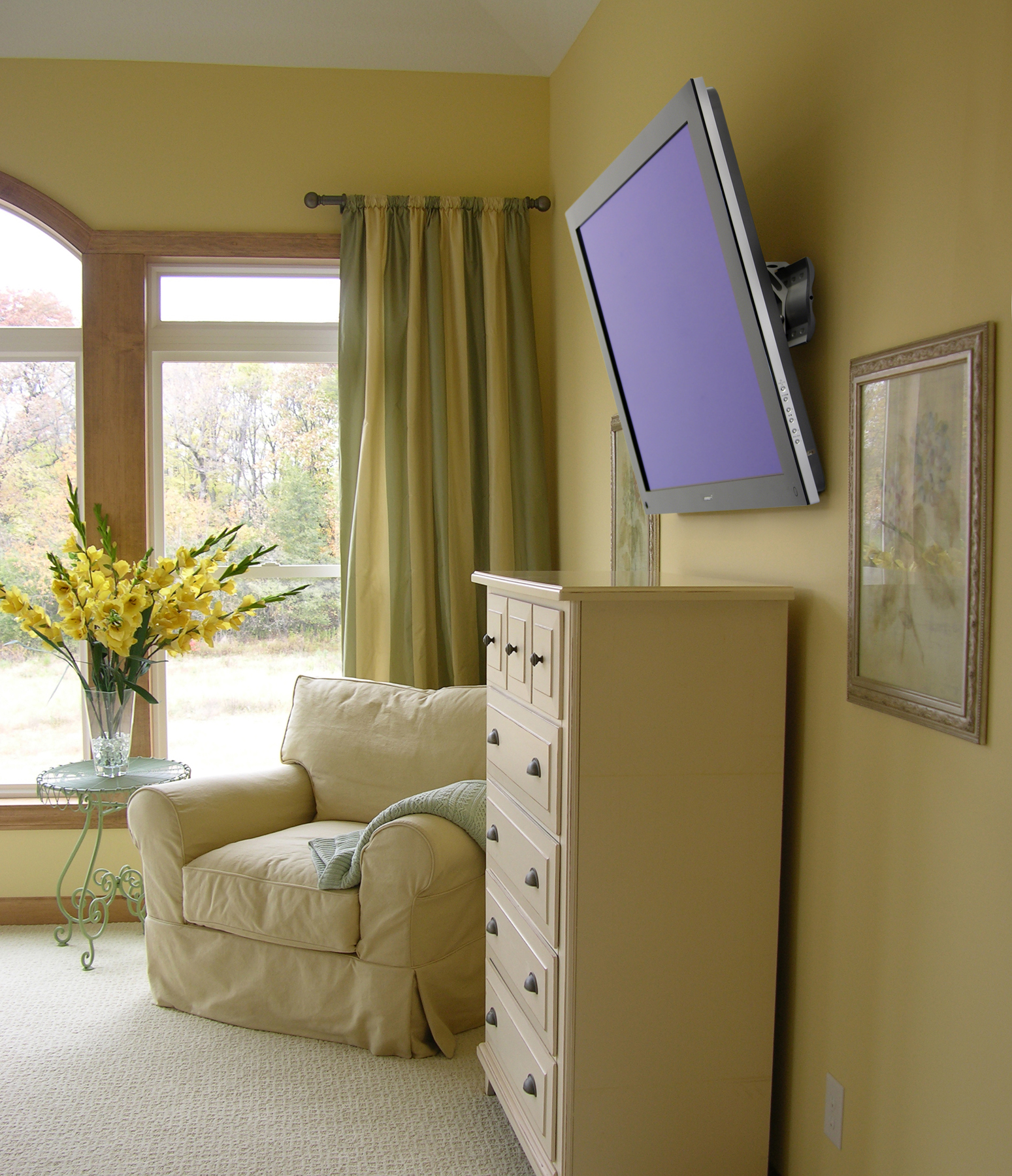
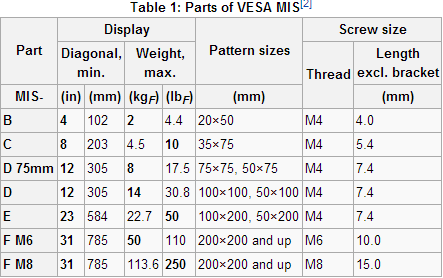
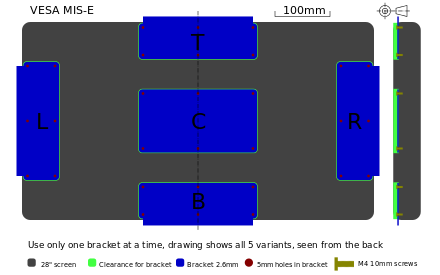
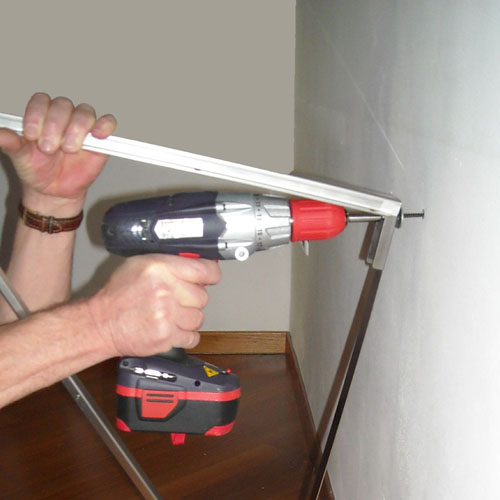

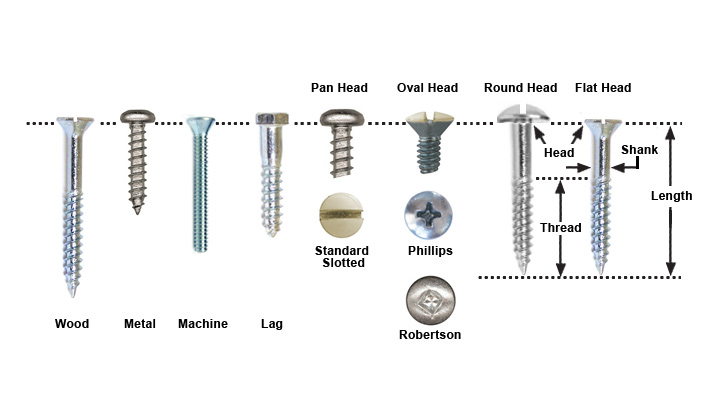

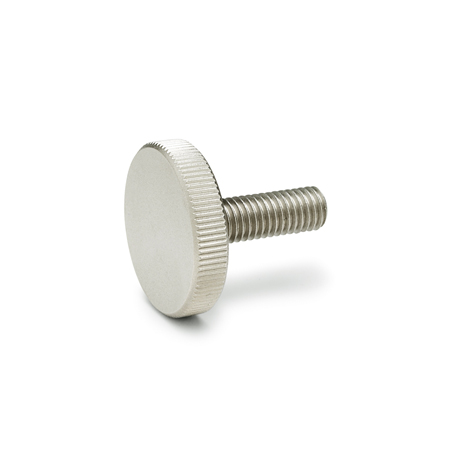
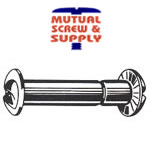 The barrel nut and its accompanying machine screw enables flush on both sides of the surface, which are tightened. Such kinds of bolts are much in demand, most probably because of their low profile as compared to other bolts.
The barrel nut and its accompanying machine screw enables flush on both sides of the surface, which are tightened. Such kinds of bolts are much in demand, most probably because of their low profile as compared to other bolts..jpg) These metal pieces were originally produced for the printing industry, so as to bind huge catalogs together. But now, with their multi-faceted features, they are also used in numerous other ways.
These metal pieces were originally produced for the printing industry, so as to bind huge catalogs together. But now, with their multi-faceted features, they are also used in numerous other ways.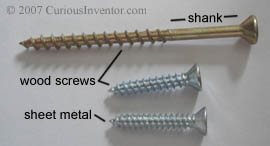 You can only settle down for a particular hardware item, which meets your requirement, provided you understand the basic difference between various screws, say
You can only settle down for a particular hardware item, which meets your requirement, provided you understand the basic difference between various screws, say 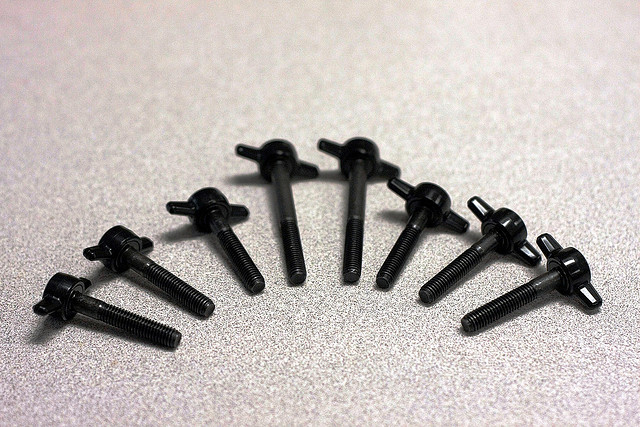
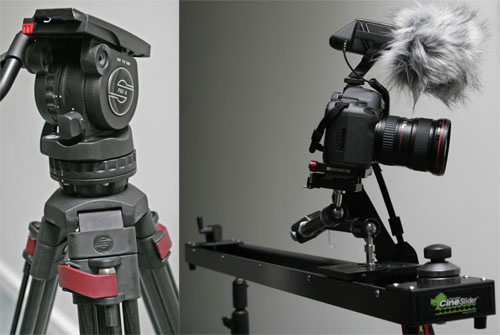

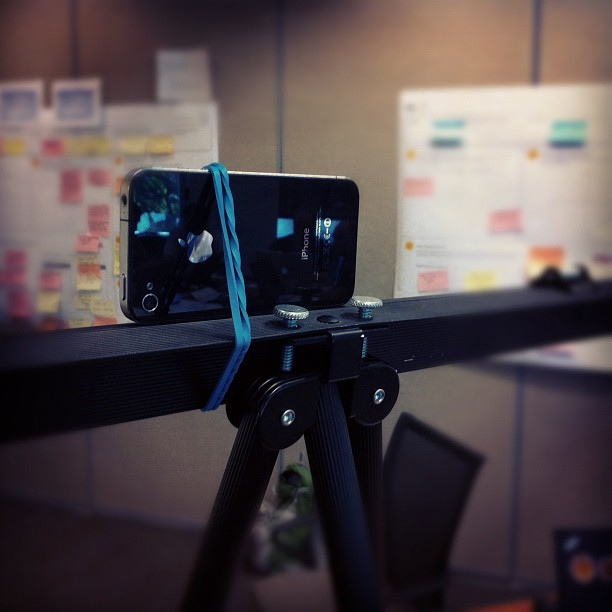

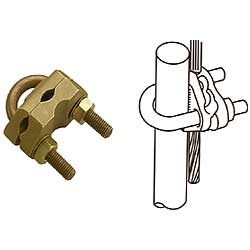
.jpg)
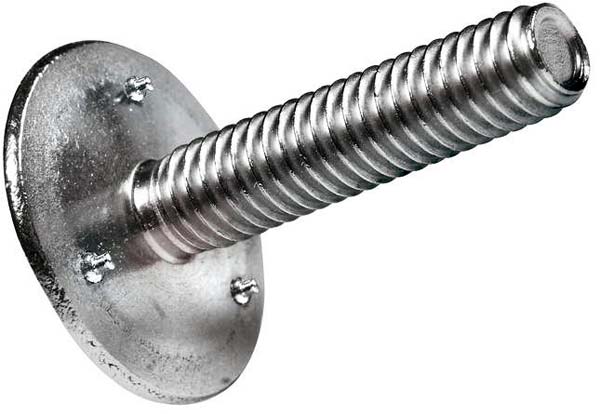



.jpg)

